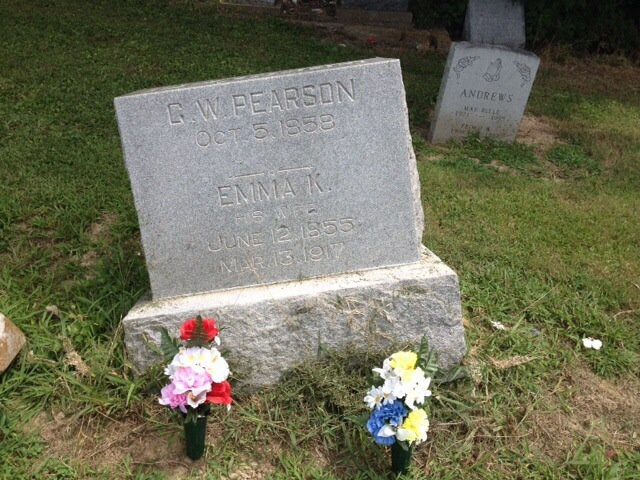Jesse, William, and John Echols - 3 brothers who were instrumental in the formation and settlement of Illinois. I descend from Jesse, and Heather descends from John. Both of us applied for and received Illinois Pioneers certificates which means that we successfully traced our lineage back to these two men. What we have been unable to do, however, is locate and prove who their parents were.
Here's what we know:
* The brothers were born in Georgia (most likely Franklin County) and migrated to southern Illinois in the mid-to-late 1810s.
* Jesse was a Justice of the Peace in Johnson County, Illinois, in 1814. He died in 1838 in southern Illinois and left a will.
* Though we suspect he arrived earlier, Heather proved John was settled in Union County, Illinois, by 1819.
* William was a Constitutional Assembly delegate for Union County in 1818.
* We have recently been in contact with a distant cousin who is descended from both John and William. Alas, she does not know their father either.
What we suspect:
Heather and I feel the top contenders for the parents of Jesse, William, and John are Benjamin Echols and Sabra Hendricks. They fit geographically and chronologically, but we have not been able to find any documentation that definitively proves we have the correct people.
Even combining our documentation with Teresa's (distant cousin) amassed information, it is clear we have our work cut out for us. Heather and I have land records, various books about the history of southern Illinois, and a number of legal documents that Jesse, John, and William signed their names to. Teresa has records from the National Archives as well as a family history compiled by an Echols descendant. We have all perused Terry Echols's family tree of John Echols and Mary Cave. None of these has led us any closer to determining the progenitors of Jesse, William, and John.
As any genealogist knows, the further back you go chronologically, the harder it is to find existing documents (and we won't even talk about whether or not they are legible).














.jpg)